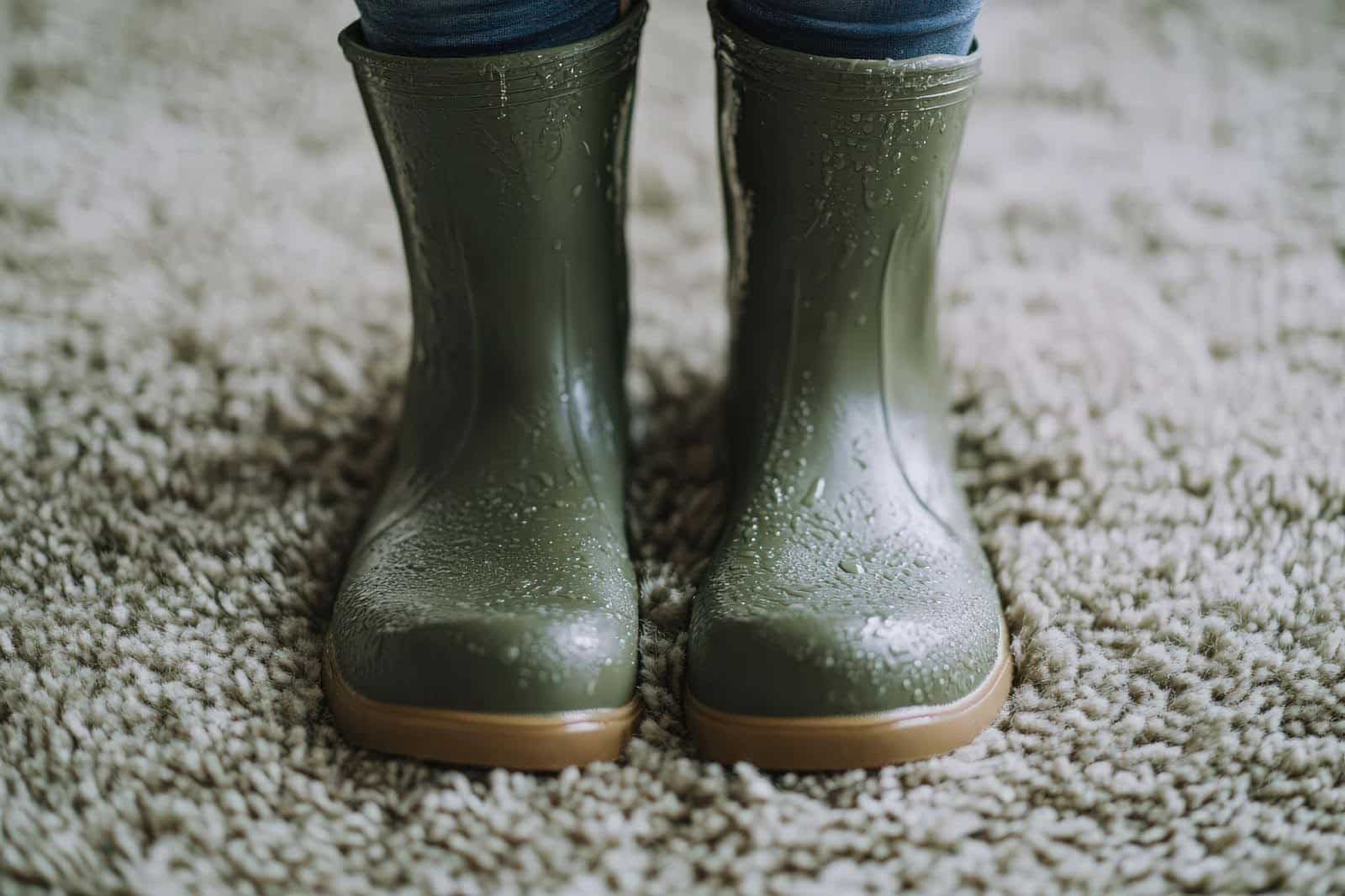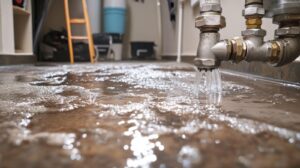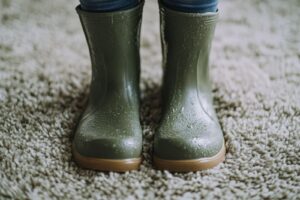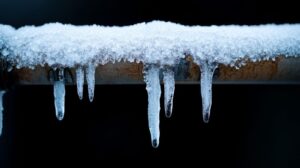Water damaged carpets quickly become breeding grounds for mold and mildew, which pose serious health risks and compromise structural elements like floorboards and walls. Various sources, each with its own level of severity and complexity, soak carpets with water. Natural disasters, burst pipes, or appliance overflows drench carpets with large volumes of water.
Meanwhile, leaks from roofs, windows, or plumbing introduce water more gradually but are equally destructive over time. Even simple spills, if not promptly addressed, seep deep into carpet fibers and padding, creating persistent dampness and odors.
This guide will show you how to tackle carpet water damage effectively, walking you through the steps necessary to clean, dry, and preserve your carpets from potential long-term damage.
Assessing the damage
Before you begin the cleanup process, it’s essential to accurately assess the extent and type of water damage your carpet has sustained. This initial evaluation will guide your restoration approach and help prevent further damage.
Determining the water source is vital for planning the cleanup. Clean water comes from sanitary sources like rainwater or leaky pipes and poses no immediate health risks; carpets exposed to this can often be saved with prompt action.
Gray water, containing some contaminants from sources like dishwashers, washing machines, or toilet overflows (without feces), requires intensive cleaning and quick action to mitigate health hazards.
Black water, the most dangerous, originates from sewage backups or floodwaters from rivers and streams and contains harmful bacteria and pathogens; typically, carpets affected by black water should be replaced to ensure safety.
Evaluating the condition of your carpet involves several factors. If the carpet has been wet for over 48 hours, the risk of mold growth increases significantly, often necessitating replacement. Carpets exposed to clean water may be salvageable with thorough cleaning, but those exposed to gray or black water usually need to be replaced due to health risks.
Highly absorbent carpet padding traps moisture and contaminants, making it difficult to clean thoroughly; if the padding is wet, it’s usually best to replace both the padding and the carpet.
Additionally, the age and condition of the carpet play a role; older carpets or those needing repairs prior to water damage are less likely to be worth saving.
Immediate actions
Taking swift and effective action is essential when dealing with water-damaged carpets to minimize damage and prevent mold growth. Here’s a detailed guide on how to remove excess water and quickly dry out the area.
Removing excess water
The first step in mitigating water damage is to remove any standing water from the carpet as quickly as possible. Use a wet vacuum, which is the most effective tool for this. Move slowly and methodically over the carpet to ensure you extract as much water as possible, and frequently empty the vacuum tank to maintain optimal suction.
If you don’t have a wet vacuum, use towels to absorb water. Lay towels over the wettest areas and press down firmly to soak up the water. Replace the towels as they become saturated and continue this process until you’ve removed as much water as possible.
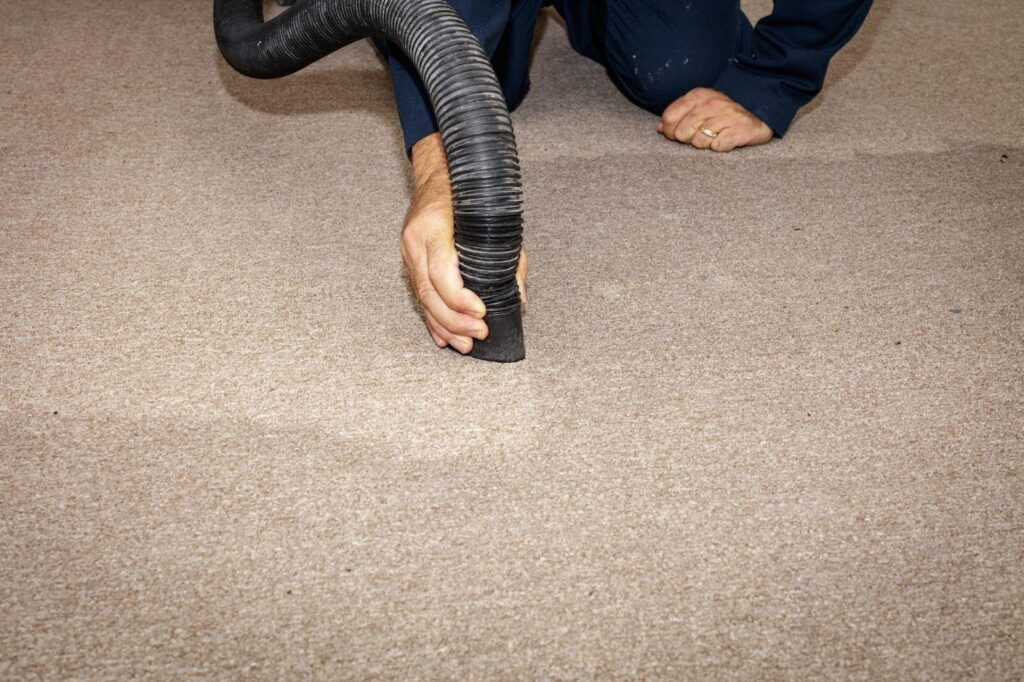
Preventing mold growth
Once you’ve removed the excess water, the next step is drying the area to prevent mold and mildew from developing. Set up high-powered fans strategically throughout the affected area to circulate air and speed up drying. Position the fans at different angles to ensure complete carpet coverage.
Additionally, place dehumidifiers in the room to help remove moisture from the air, which helps dry the carpet and reduce the overall humidity levels in the room, supporting mold prevention. If the weather permits and it’s not humid outside, open windows to allow fresh air to circulate through the space. Natural ventilation aids the drying process.
Deep cleaning process
After removing excess water and drying your carpet, it’s essential to perform a thorough deep cleaning and sanitizing to fully restore it and ensure a healthy environment.
Choosing the right cleaning method
The choice between DIY cleaning and professional services depends on the type of water exposure.
Clean water
For carpets exposed only to clean water, a DIY approach with a carpet cleaning solution applied using a rented carpet cleaner or steam cleaner might suffice.
Gray or black water
Carpets contaminated by gray or black water should be cleaned by professionals who have the necessary tools and expertise to thoroughly sanitize the carpet, eliminating harmful bacteria and mold spores.
Thorough cleaning and sanitizing
Whether you opt for DIY or professional cleaning, follow these steps to ensure thorough cleaning and sanitizing:
- Prepare the cleaning solution: Choose a cleaning solution suitable for your carpet type and mix according to instructions for optimal results.
- Apply the solution: Evenly distribute the solution across the carpet using a carpet cleaner machine, ensuring all areas, especially more saturated spots, are covered.
- Agitate the carpet: Use a brush or the brushes on your carpet cleaner to help the cleaning solution penetrate deeper into the fibers.
- Extract the cleaning solution: After the solution has sat for the recommended time, use your carpet cleaner to extract it, removing dissolved dirt and residues.
- Rinse if necessary: If the cleaning solution requires it, rinse the carpet with clean water to remove any leftover cleaning product.
- Dry thoroughly: Dry the carpet completely using fans, dehumidifiers, and air conditioning to prevent mold growth and remove any residual moisture.
Drying and restoring the carpet
After cleaning and sanitizing your water-damaged carpet, it’s vital to ensure it dries completely and is restored to its original state. Dry your carpet and its padding thoroughly to prevent mold growth and maintain structural integrity.
Use industrial fans to circulate air and speed up the drying process, and deploy dehumidifiers to remove moisture from the air. Place these dehumidifiers strategically, especially near the wettest areas, and regularly check the moisture levels with a moisture meter to monitor the drying progress.
Restoration tips
Once the carpet is dry, take steps to restore its original appearance and comfort. Fluff up the carpet fibers with a carpet rake or stiff brush to restore texture and aerate compressed areas. If odors persist, sprinkle baking soda over the carpet, let it sit overnight, and vacuum it up the next day.
For stubborn odors, use a carpet deodorizer or consider professional deodorizing treatments. Steam cleaning further rejuvenates the fibers and removes residual dirt, enhancing the carpet’s plush feel. Keep your carpet looking and feeling fresh by vacuuming regularly and addressing spills promptly.
This efficient approach ensures your carpet recovers fully from water damage, maintaining its beauty and functionality.
Prevention and maintenance
Maintaining your carpet in prime condition and preventing water damage requires consistent care and strategic preventative measures.
Regular maintenance tips
Vacuuming weekly, especially in high-traffic areas, to remove dirt that degrades fibers will extend the life of your carpet and prevent damage. Blot spills promptly to prevent liquids from soaking into the padding.
Annually deep clean your carpet to eliminate embedded grime, keeping it fresh and prolonging its lifespan. Regularly inspect for signs of wear or potential water ingress, particularly in damp areas or near water sources.
Installing preventative measures
Boost your carpet’s resistance to water damage with several protective steps. Install high-quality, waterproof padding beneath your carpet, particularly useful in basements or ground floors, to prevent moisture from reaching the subfloor.
Before carpet installation, apply moisture barriers to concrete floors to block dampness from below. This is especially important in moist areas. Seal entryways and place water-absorbent mats at doors to catch external moisture.
Use furniture coasters to elevate furniture slightly, avoiding pressure marks and reducing water transfer risks during spills or cleaning.
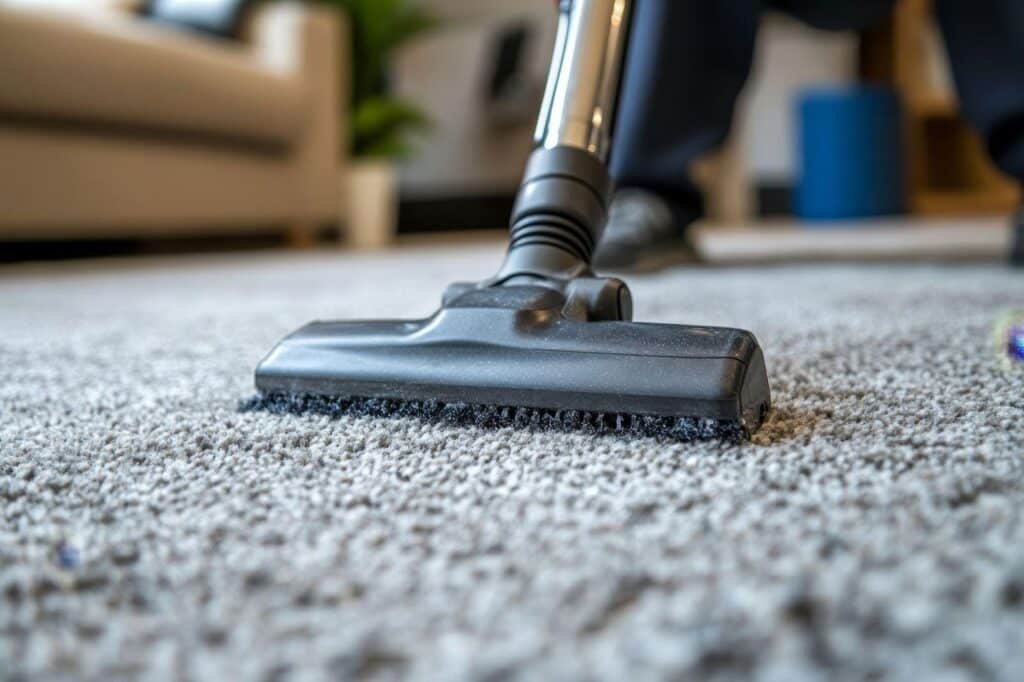
Trust Black Diamond Water Damage and Disaster Restoration
For significant water damaged carpets or when you need professional expertise, Black Diamond Water Damage and Disaster Restoration offers reliable services tailored to handle any level of water damage. Trust Black Diamond to efficiently and safely restore your home to its pre-damage condition, helping you get your space back to normal.
Contact Black Diamond Water Damage and Disaster Restoration anytime, 24/7.

